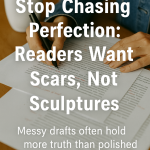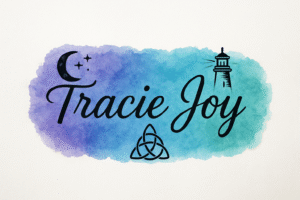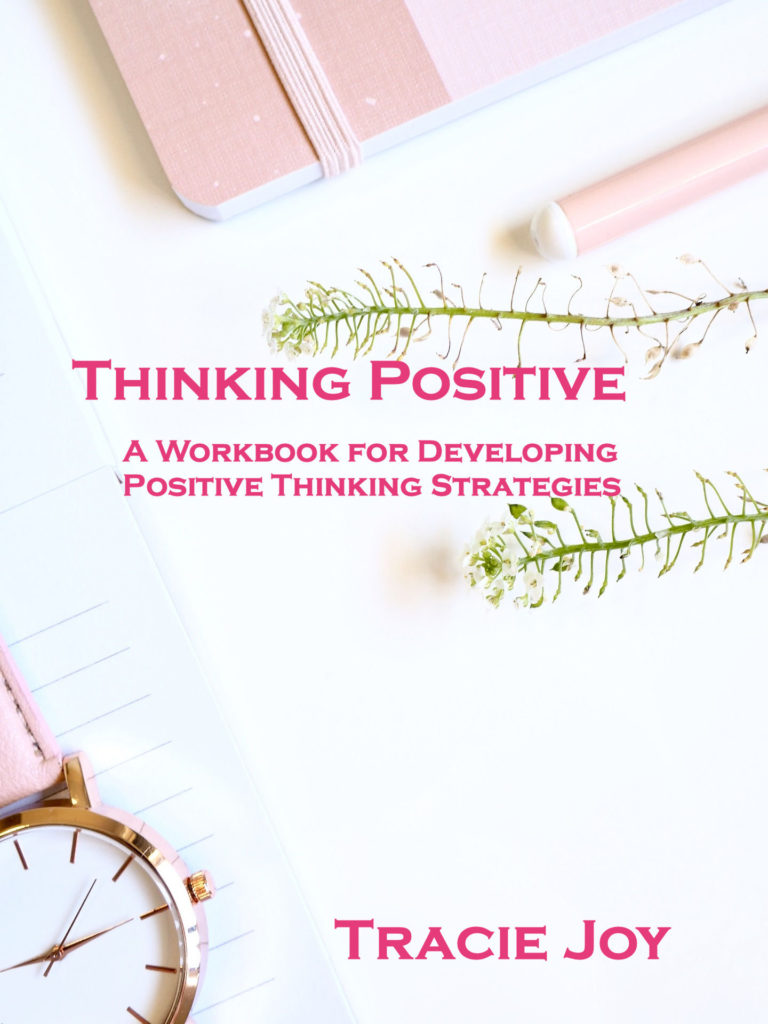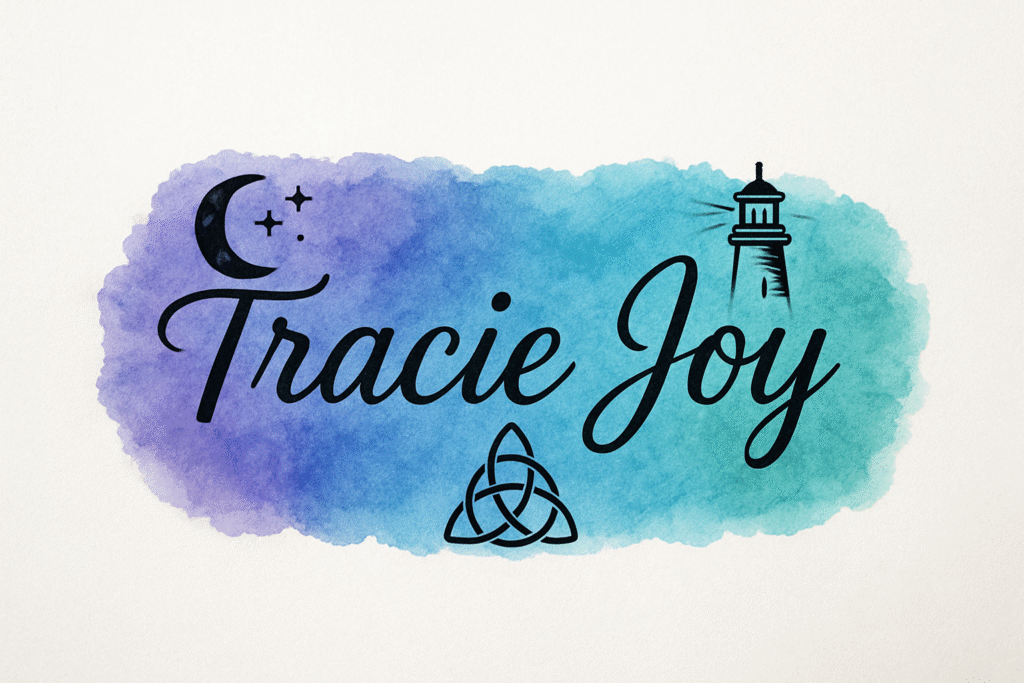 .
.Stop Chasing Perfection and Make Reader Connections: Readers Want Scars, Not Sculptures
Every writer wants to be proud of their work. You want to craft reader connections and you want to polish every line until it shines, to build a story so seamless it feels untouchable. But there comes a point when that need for polish starts to smother what made the piece beautiful in the first place. Perfection can become a cage that keeps your voice from breathing.
You start trimming away the wild edges, erasing the raw emotion, and silencing the trembling truth in your words. And when you’re done, what’s left may look flawless, but it no longer feels alive. Readers don’t fall in love with perfect. They fall in love with real. That’s where reader connections begin.
The Myth of the Flawless Story
Perfection whispers that if you can fix one more sentence or rework one more scene, your story will finally be worthy. It promises safety, but connection is not born from safety. A story that never risks anything rarely reaches anyone.
A book can be clean, elegant, and technically brilliant but still leave the reader cold. Another book can be uneven and full of rough edges yet leave a mark that lasts for years. Readers crave humanity. They want to feel the presence of the person behind the words. They want to see where the ink trembled, where the writer hesitated, where emotion cracked through structure. That is where truth lives. That is where reader connections deepen.
If you struggle with over-editing, you might enjoy this article from Writers Edit on learning to let go of perfectionism in writing.
Scars Tell the Story
Scars prove that something happened. They are proof that we healed, proof that we survived, proof that we dared. When writers show their scars through story, readers lean closer because they recognize themselves in what they see. That sense of recognition builds instant reader connections.
It is not about spilling pain across the page for the sake of drama. It is about honesty. It is about saying, “This hurt, but  I learned something from it,” or “This broke me, but I grew.”
I learned something from it,” or “This broke me, but I grew.”
Your favorite stories probably are not flawless. The pacing might slip. The language might wander. But somewhere in those words, the writer let you see their heart. They didn’t sculpt their emotions into something cold and perfect. They let the truth stay rough enough to feel human.
Friction is what makes a story move. When you polish every corner until it gleams, you take away the grit that makes it real.
The Draft That Saves You
You do not need to write a masterpiece. You need to write something that beats with life. That messy, awkward first draft that you secretly hate is often closer to the truth than the tenth revision. Early drafts are pure. They are not performances. They are confessions. They are you reaching for what matters before you start worrying about how it looks.
Editing has its place. It shapes, clarifies, and refines. But editing can never replace the pulse that began it. You cannot smooth your way into soul. Every time you remove a rough patch, ask yourself whether you are improving clarity or erasing character.
Your story’s heartbeat lives in its uneven rhythm. That’s what readers respond to, and that is the foundation of lasting reader connections.
Writing from the Scar, Not the Wound
Writers often say you should create from the scar, not the wound. It means writing from a place of healing rather than a place of active pain. When you write from a scar, you can see the entire shape of what happened, yet still remember  how it felt. That balance creates empathy and understanding.
how it felt. That balance creates empathy and understanding.
Readers respond to that kind of honesty. They are not looking for someone who has it all figured out. They are looking for someone who dares to tell the truth. When you do that, your words become a bridge between your heart and theirs. That bridge is the truest form of reader connections.
For more on embracing authenticity in your writing, check out Jane Friedman’s guide on embracing your writing voice.
The Real Work of a Writer
The real work of a writer is not polishing every sentence until it gleams. It is allowing the reader to see something true. It is being brave enough to show what you care about, even when it is messy. When perfection starts whispering that your story is not ready, that someone else’s work is cleaner or stronger, remember this: readers do not want sculptures. They want scars. They want the moments that prove you were alive inside the story. They want the truth, not the performance. They want you.
If this resonated, you might also like my earlier post on how to stop scaring away your muse, which explores creativity and vulnerability from another angle.




2 Responses